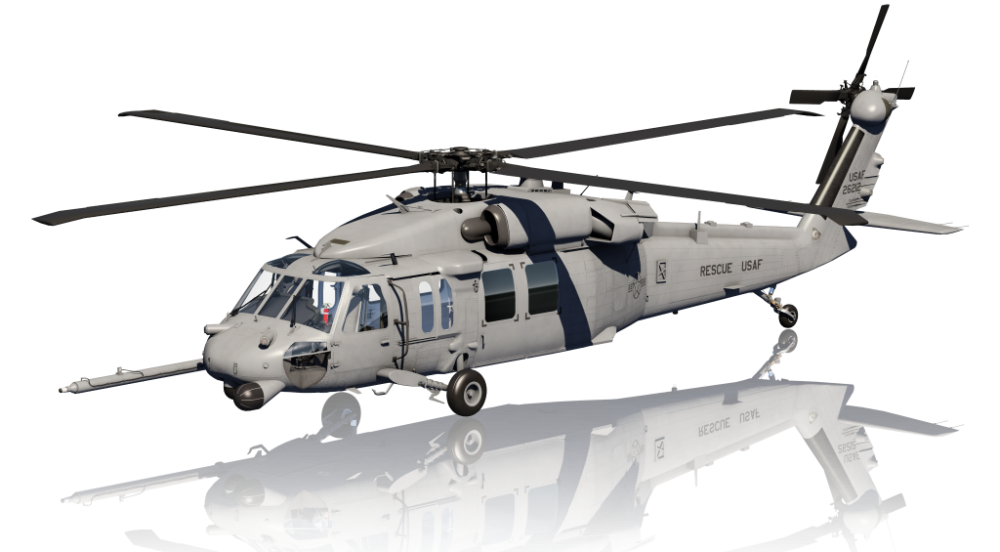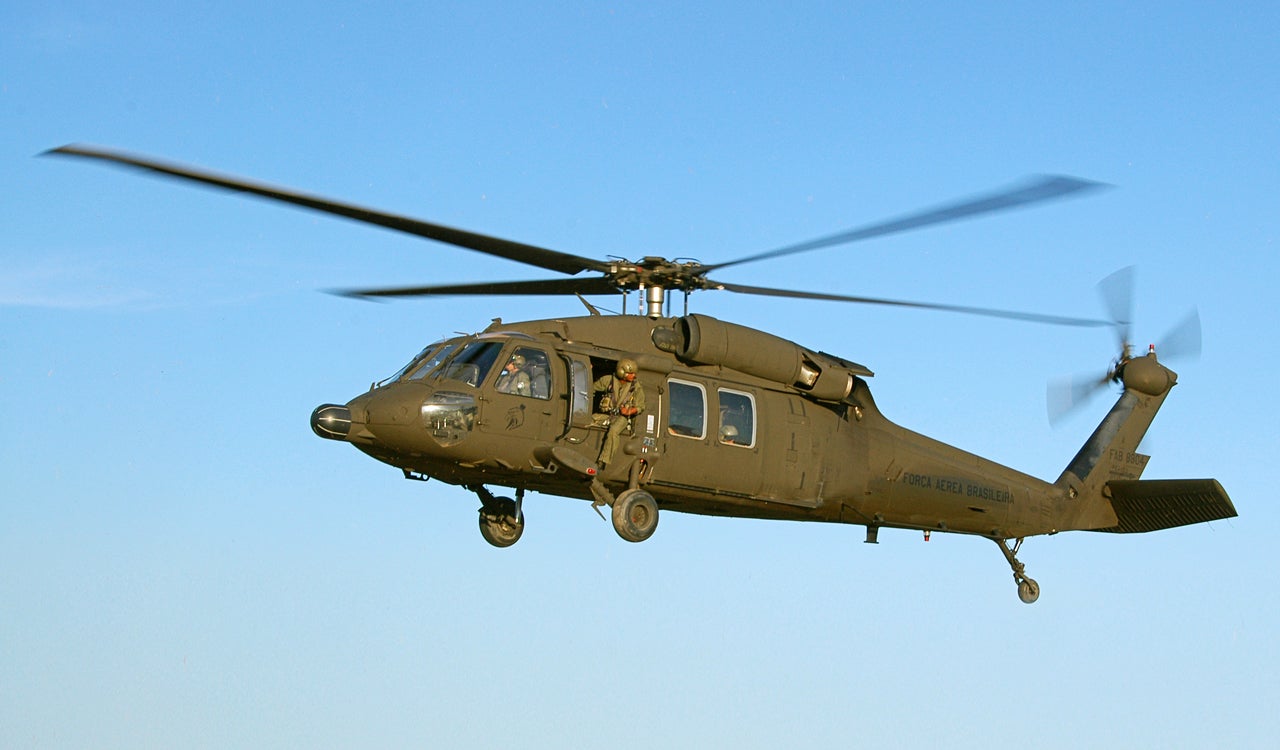UH 60 Black Hawk Helicopter Variants and Their Uses
UH 60 Black Hawk Helicopter Variants and Their Uses
Blog Article
The Influence of Sustainable Practices on the Future of Airplane Procedures and Emissions Decrease
As the aviation industry deals with raising scrutiny over its environmental influence, the adoption of lasting practices arises as an important path towards future aircraft procedures and exhausts reduction. Innovations in lasting air travel fuels and advancements in crossbreed propulsion innovations stand at the leading edge of this transformation, promising substantial decreases in greenhouse gas discharges. The successful assimilation of these efforts hinges on a variety of factors, including regulative frameworks and sector collaboration. The inquiry stays: how will these developing techniques reshape the characteristics of air traveling and add to a more sustainable future?

Review of Sustainable Practices
Sustainable techniques in aircraft operations include a variety of approaches focused on reducing environmental effect while keeping functional performance. These techniques are vital in the aviation industry's commitment to reducing its carbon footprint and sticking to international environmental standards. Key efforts consist of enhancing trip paths to decrease fuel intake, boosting upkeep protocols to guarantee aircraft run at peak effectiveness, and applying advanced innovations such as winglets and lightweight materials that boost the rules of aerodynamics.

Educating and engaging personnel on sustainability techniques likewise play an essential function, fostering a society of environmental duty within organizations. On the whole, the integration of these lasting methods not only helps lower discharges yet also improves the lasting viability of the aeronautics industry, ensuring it satisfies the needs of both customers and regulative bodies while adding to international sustainability goals.
Innovative Gas Alternatives
Many cutting-edge gas options are becoming crucial solutions to decrease the air travel industry's reliance on conventional fossil gas. Among these options, Lasting Aeronautics Gas (SAFs) have actually gained significant attention due to their potential to decrease lifecycle greenhouse gas exhausts by approximately 80% compared to traditional jet fuels. SAFs are originated from various feedstocks, including waste oils, farming deposits, and even algae, making them a versatile option for the industry.
One more encouraging choice is hydrogen fuel, which, when used in gas cells, produces just water vapor as a result. This zero-emission potential presents a substantial chance for decarbonizing trip operations, specifically for short-haul flights and regional aircraft. In addition, electrical propulsion systems are being checked out, leveraging battery innovation to power airplane. While current battery capacity restrictions array and haul, recurring innovations might soon provide electrical flights practical for details applications - uh 60.
Lastly, biofuels acquired from biomass are being checked out, providing an eco-friendly alternative that can be blended with standard gas. Collectively, these ingenious fuel choices represent an essential action toward accomplishing a lasting aviation ecological community, lining up with international discharges decrease targets and enhancing the sector's environmental stewardship.
Technical Developments in Air Travel

How can technical advancements improve the future of air travel? The integration of sophisticated innovations is crucial in transforming aircraft operations, enhancing performance, and decreasing emissions. Innovations such as electrical and hybrid propulsion systems go to the forefront, encouraging significant decreases in gas consumption and greenhouse gas discharges. These systems utilize advancements in battery technology and power dig this monitoring, enabling aircraft to run with a lower ecological impact.
Moreover, the execution of advanced materials, such as light-weight composites, adds to enhanced the rules of aerodynamics and fuel performance. The use of artificial knowledge and artificial intelligence in flight operations enhances course planning and lowers gas burn by making it possible for real-time modifications based upon weather and web traffic problems. In addition, the development of independent and remotely piloted airplane systems stands to change cargo and passenger transportation, potentially raising efficiency while reducing human mistake.
In addition, sustainable aeronautics technologies, including advanced air website traffic administration systems, can improve operations and reduce congestion, causing reduced emissions throughout trip. These developments collectively stand for a paradigm shift in aeronautics, guaranteeing a future where sustainability and functional efficiency are linked, therefore sustaining the industry's dedication to lowering its ecological impact.

Regulative Structure and Compliance
Because of the growing emphasis on environmental stewardship within the aviation industry, the regulative structure controling airplane procedures is advancing to promote sustainable techniques. Regulative bodies, such as the International Civil Aviation Company (ICAO) and various national air travel authorities, are presenting stringent guidelines targeted at decreasing emissions and boosting operational performance.
These regulations often consist of the fostering of Sustainable Aviation Fuel (SAF), which has actually been acknowledged as a vital element in achieving lower carbon footprints. Conformity with these guidelines needs airlines to implement advanced technologies and operational practices, such as enhanced trip paths and enhanced air website traffic monitoring, to reduce fuel intake.
In addition, the enforcement of emissions trading schemes and carbon balancing out efforts Home Page is becoming progressively common, engaging airline companies to monitor and report their discharges precisely. Non-compliance can lead to substantial penalties, therefore pushing drivers to prioritize sustainability in their organization designs.
Ultimately, the advancing governing landscape not only drives development and financial investment in green technologies however also fosters a society of accountability within the air travel market. As these structures continue to create, the concentrate on sustainable practices will be essential to achieving the field's long-lasting ecological objectives.
Future Patterns in Airplane Procedures
As the air travel industry adapts to an increasingly rigid regulatory atmosphere, future trends in aircraft operations are established to focus on ingenious remedies that further boost sustainability and effectiveness - uh 60. Trick growths will likely include the adoption of innovative air traffic management systems, which utilize real-time data and expert system to enhance flight courses, reducing fuel consumption and emissions
One more substantial fad is the raised integration of lasting aviation gas (SAFs) These choices to standard jet fuel, originated from sustainable resources, can considerably decrease lifecycle greenhouse gas discharges. The market's commitment to SAFs will likely speed up as airlines work together with gas manufacturers to make certain availability and cost-effectiveness.
In addition, the push towards electrification and hybrid propulsion systems is obtaining momentum. Emerging aircraft layouts will certainly include these technologies, using quieter and much more reliable operations, specifically for short-haul trips.
Conclusion
Finally, the assimilation of lasting techniques in airplane procedures holds significant capacity for discharges reduction and improved effectiveness. The fostering of lasting aviation gas, combined with developments in electrical and hybrid propulsion systems, is crucial for decreasing lifecycle greenhouse gas emissions. Moreover, optimizing flight paths and accepting innovative technologies contribute to a quieter and a lot more eco-friendly aviation market. Collectively, these efforts straighten with worldwide sustainability objectives and lead the way for a greener future in air travel.
Technologies in sustainable air travel fuels and improvements in hybrid propulsion modern technologies stand at the leading edge of this makeover, promising significant try this web-site decreases in greenhouse gas discharges.Various innovative gas alternatives are emerging as essential solutions to lower the air travel market's reliance on traditional fossil gas - uh 60. Among these choices, Lasting Air travel Gas (SAFs) have acquired considerable focus due to their possible to reduce lifecycle greenhouse gas emissions by up to 80% compared to standard jet fuels.One more significant trend is the enhanced integration of lasting air travel gas (SAFs) The adoption of sustainable aeronautics gas, coupled with innovations in hybrid and electric propulsion systems, is essential for reducing lifecycle greenhouse gas discharges
Report this page